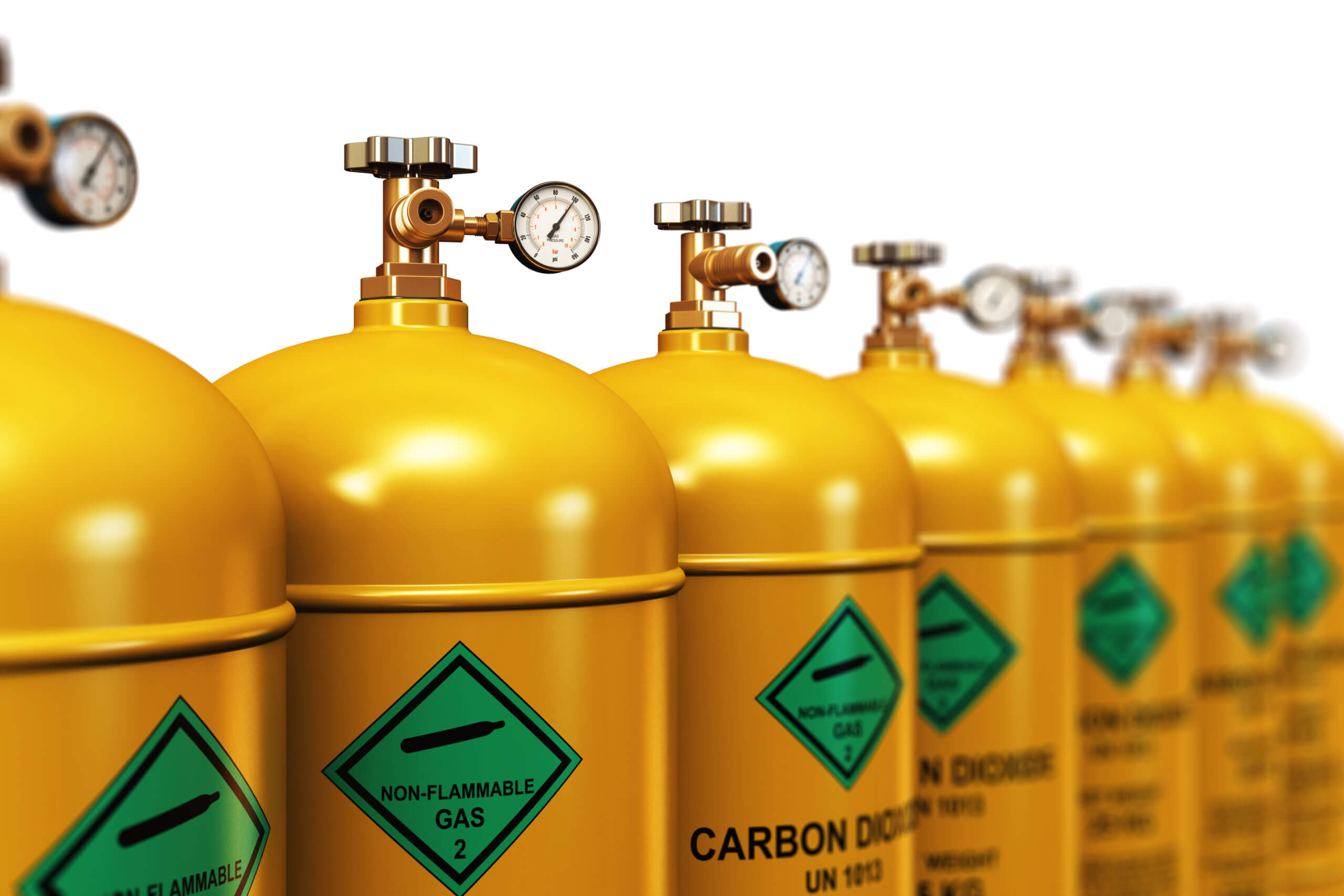
December 7, 2018
Are You Using the Right Carbon Dioxide Monitor for Your Work Environment?
Many people are well aware of the dangers of carbon monoxide poisoning. This type of poisoning causes about 430 deaths in the U.S. per year, on average. Fortunately, many homes and businesses now have carbon monoxide monitors to prevent this problem.
However, far fewer people are aware of the need for a carbon dioxide monitor. Carbon dioxide can also cause illness and even death. Without a monitor, it’s impossible to prevent potential leaks from turning into a disaster.
Do you know how to choose the best carbon dioxide monitor for your workplace? We’ve got everything you need to know about managing the carbon dioxide risk here. Keep reading to learn how to keep your workplace safe.
What is Carbon Dioxide?
This invisible gas occurs naturally in the environment. In small doses, it’s totally harmless. But in larger amounts, it becomes toxic to the people who breathe it in.
This gas has two parts oxygen and one part carbon. It’s perhaps best known for being the gas that plants use for photosynthesis. Plants put out oxygen as part of this process. Humans breathe in oxygen and breathe out CO2.
In indoor spaces with limited ventilation, such as a workplace, the CO2 levels can quickly become dangerous. Humans have long depended on plants to maintain the delicate balance of CO2 and oxygen in the air. But in airtight environments, fresh air with plenty of oxygen can’t get in. As people breathe in these contained spaces, CO2 levels grow.
Combine that with other sources of CO2 in the workplace, and you can soon have a toxic situation.
Why Do You Need a Carbon Dioxide Monitor?
If your industry involves CO2, you should have a carbon dioxide monitor to prevent leaks. CO2 weighs more than air, so it sits right where workers are most likely to breathe it in. Let’s take a look at some of the situations where a CO2 monitor is needed.
Agriculture
When grain is stored in a silo, it naturally emits carbon dioxide. To keep workers safe, grain storage facilities should have a carbon dioxide monitor. High levels of CO2 can also cause the grain to spoil.
Brewing
Brewing puts out CO2 naturally. As the yeast feeds on the sugars, it releases carbon dioxide into the air.
In typical brewing processes, a fermentation tank keeps the CO2 trapped inside. However, if this tank leaks, workers may suffer the consequences.
Research Lab
Research labs often need to be air-tight to prevent contamination. Sometimes, the research also involves substances or processes that create CO2. Either way, a CO2 gas monitor keeps people working in the lab safely.
Food Service
Any food service location with a soda machine uses CO2. Carbon dioxide creates the carbonation in soda. The CO2 line mixes with the water and soda syrup. However, those CO2 lines can sometimes leak, putting workers and customers at risk.
The Difference Between CO and CO2
People often confuse carbon monoxide and carbon dioxide, because they are so similar. However, each type of gas poses a different potential risk.
One of the main differences is that CO2 isn’t flammable. It’s safer and more stable, so it’s used in many industries. Carbon dioxide is also naturally found in small doses in the air we breathe, while carbon monoxide doesn’t exist anywhere in nature. It’s always man-made.
Carbon dioxide is a heavier gas, so it sits lower to the ground. This should affect the way you place the monitor. A CO2 monitor works best close to the floor, where the gas is most likely to concentrate. A CO monitor should be put slightly higher to catch concentrations of the lighter gas.
Carbon monoxide is more toxic, and it takes a smaller dose of this gas to have an adverse effect. However, just because CO2 occurs naturally doesn’t mean it’s safe. High doses of either gas can be deadly.
How CO2 Detection Works
If you have a carbon monoxide monitor, your workers aren’t protected from the dangers of CO2. Each type of monitor works differently, and it’s important to have the right one for your needs — or even both.
Like carbon monoxide, carbon dioxide is invisible and has no scent. Workers can’t tell if there’s been a leak that made carbon dioxide leach into the air.
However, rising CO2 levels mean there’s less oxygen in the air. These detectors work by measuring how much oxygen is in the air, and alerting people before it drops to a dangerous level. If the oxygen level drops too low, people will no longer be able to breathe properly.
Your carbon dioxide detector is always measuring oxygen levels. When levels are normal, you won’t even know the detector is there. But when levels fall too low, an alarm goes off so employees can leave the premises until the issue has been safely addressed.
Carbon monoxide monitors work by measuring gas levels, rather than oxygen levels. So you can’t use a single monitor to detect both gases.
Toxic Effects of CO2
If you don’t have a CO2 monitor in an airtight room, or in an environment where CO2 gets used, here are the effects that people in the area may suffer.
At first, the dropping oxygen levels cause minor symptoms, like a restless feeling or a headache. As the carbon dioxide level grows, the effects become more severe. People may have cardiac issues like a higher or abnormal heart rate and increased breathing rates. Eventually, they will lose consciousness. If they aren’t quickly treated by medical professionals, people exposed to high CO2 levels may die.
Protect Your Workers With the Right Monitor
It’s never too soon to put a carbon dioxide monitor in your workplace. While protecting people from carbon monoxide is important, in certain industries, carbon dioxide poses just as much of a threat.
Do you have the right gas monitors for your industry? If not, try one of our monitoring systems now.